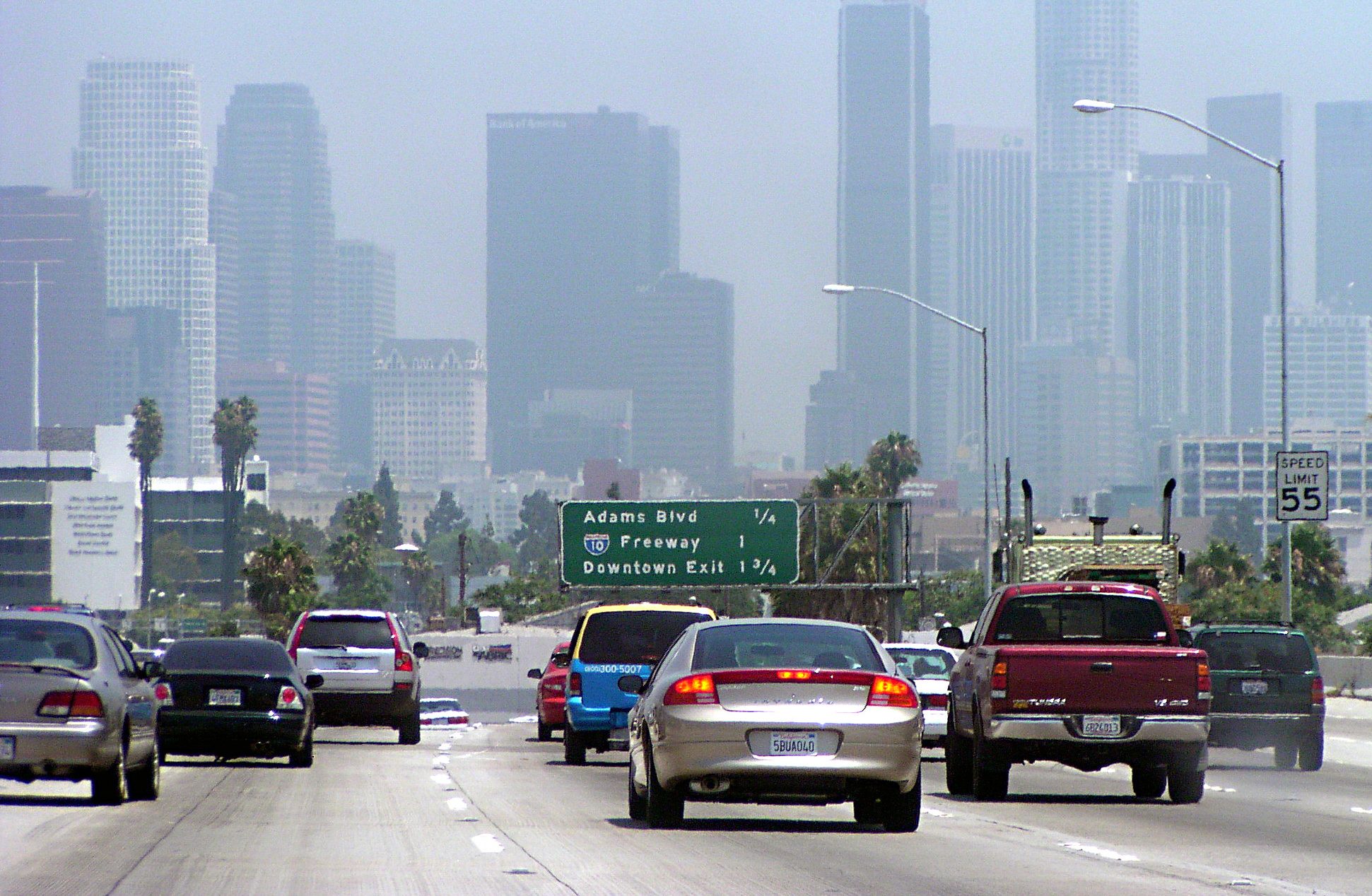Today on the Streetsblog Network, David Levinson at the Transportationist presents some interesting explanations about why so much American road building is a poor use of funds:
We are not building much new transportation in the US not just because the costs are too high, but because the benefits are too low.
When we were much younger as a nation, say 1956, and growing fast, with relatively poor connectivity, you could do almost anything and it would have a benefit/cost ratio above 1. Very little of the interstate has been reversed. But the productivity of new investments has declined over time...
Diminishing marginal returns to new roads [are] due to diminishing distance reductions as the network is increasingly complete. This is a spatial argument. Imagine you have a network with a 1 mile grid (typical for much of the US). With development of farms, you add roads in between, say at 1/2 mile spacing [see figure above right], this reduces travel costs some, as people don't need to back-track as much, and this might be a significant share of the distance for short trips. At most, you are saving someone 1 mile (1/2 mile at the beginning of the trip, and 1/2 mile at the end of the trip). Now add additional links to diminish spacing to 1/4, This requires twice as many links, but only reduces travel costs by at most 1/4 mile at each end of the trip (1/2 mile total). New links do less and less to reduce distances. Distances, along with speed, determine travel time.
"Peak travel" and induced demand are other reasons Levinson cites for the declining value of spending on roads.
Elsewhere on the Network today: Spacing Toronto celebrates the life of architecture critic Ada Louise Huxtable, whose insights on the built environment helped influence modern planning. Better Institutions says Virginia Governor Bob McDonnell's proposed transportation funding scheme is "the worst transportation funding scheme in modern memory." And Systemic Failure highlights how California transportation agencies are, again, working at cross purposes.






